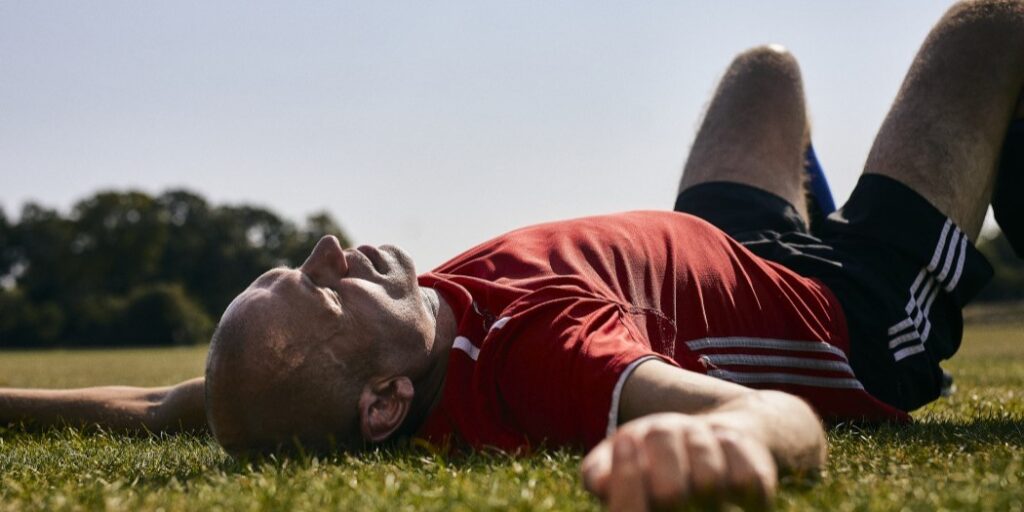
Your approach can have a huge impact on how quickly your body can recover after exercise. In this post we look at the TWO areas that have the biggest impact on the speed of recovery.
We have previously looked at the 3 phases of activity and how success in any physical challenge is built on the quality of your preparation and from the foundations of a recovery that revitalises you and powers your next big effort.
If you are mindful during the recovery phases and focus on improvements in these two areas your training and competitive performances will rocket.
But please note, this framework it is not a hack. There are quick wins but there are no short-cuts. This shows a busy athlete where the wins are.
Let’s start by considering a passive recovery – one without action or a mindful approach:
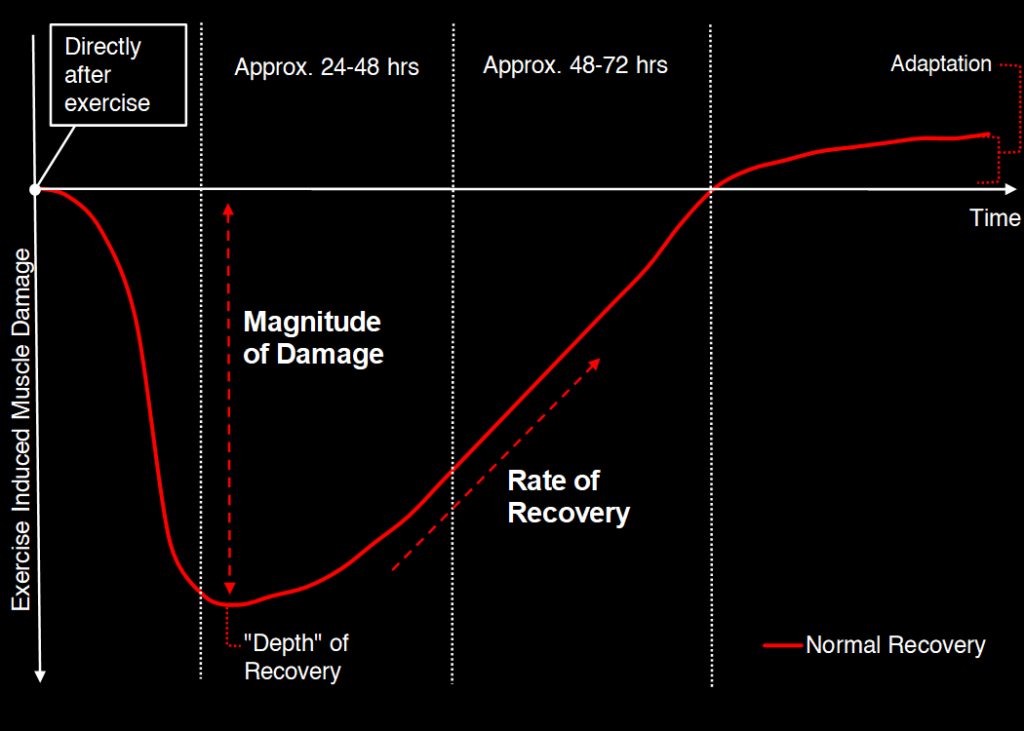
You’ll recover faster if you can impact:
THE GOLDEN HOUR – Here is the benefit of refining your protocols in the 60-90 minutes immediately after exercise
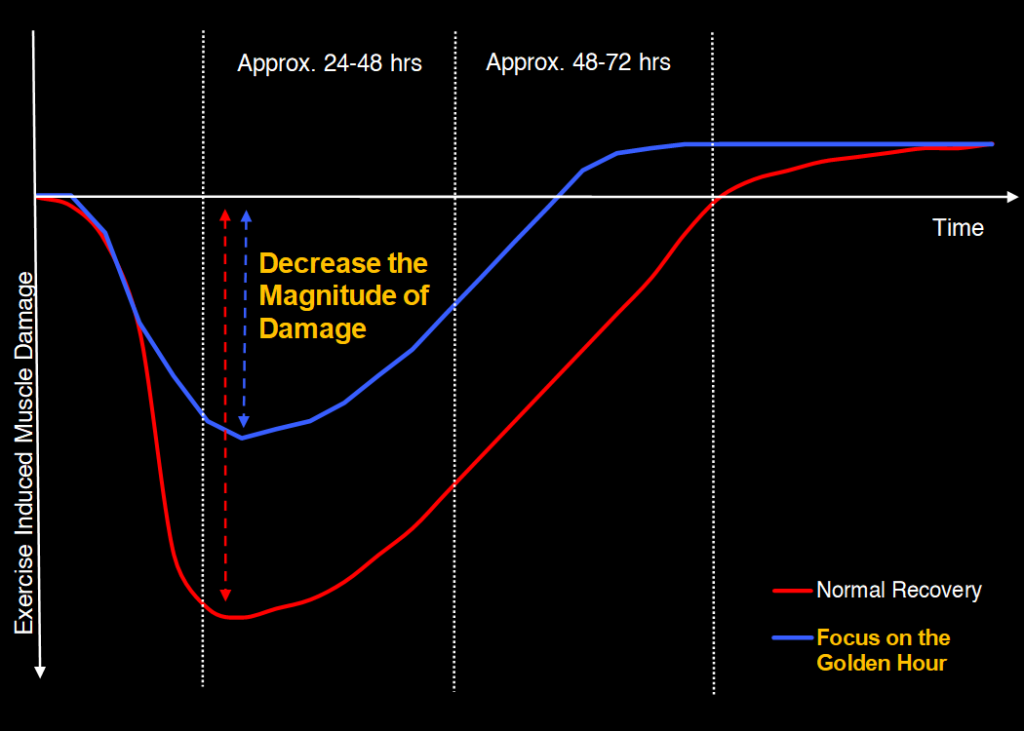
Here are the impactful Golden Hour recovery actions you should consider including as part of your protocol:
Does all this sound like it would take WAY more than an hour?
It doesn’t. Through thoughtful design, and the power of habit building, you can do all of this in just 45 mins.
THE BIG THREE – When your body has been stressed by a big exercise effort, eating clean, staying well hydrated and rest enables its recovery mechanisms optimal performance. Small and incremental changes can really add up to a faster recovery rate.
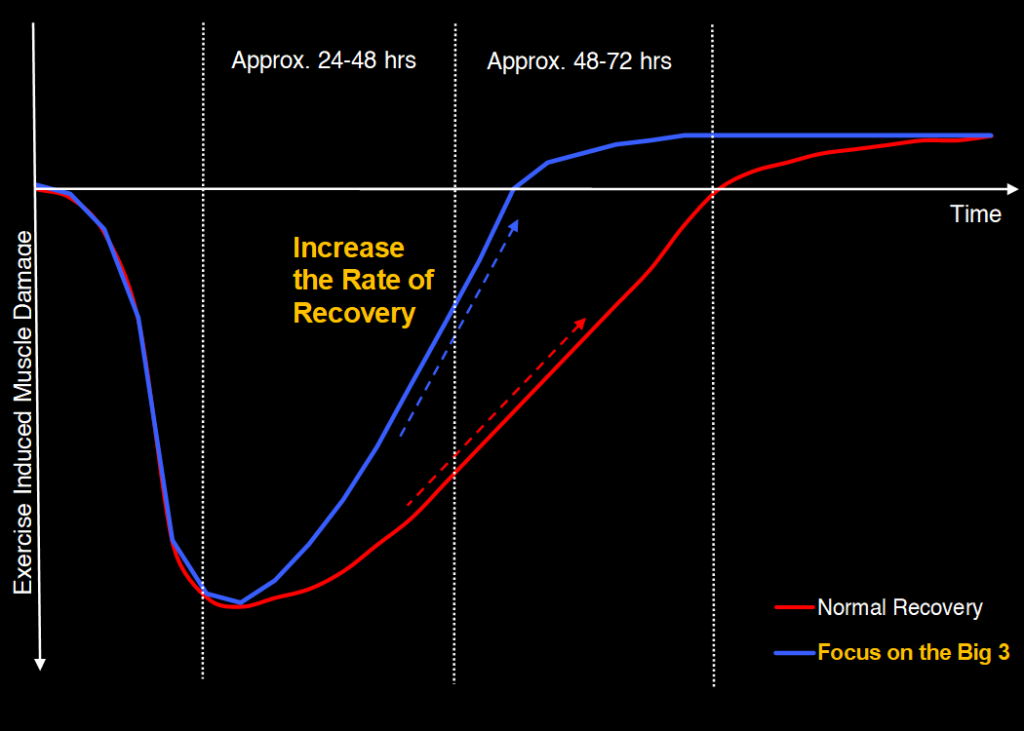
Intuitively we know that our quality of sleep, hydration and nutrition matter for recovery (and performance). However the best laid plans can be derailed by a hectic work schedule, a restless night, running around after kids or even the demands of our sport. Here is how to stay on-track when that happens:
Optimising in both areas allows for significant recovery gains.
Busy athletes are busy people. By being on-top of Golden Hour protocols, your recovery should be able to handle most of what life throws at it.
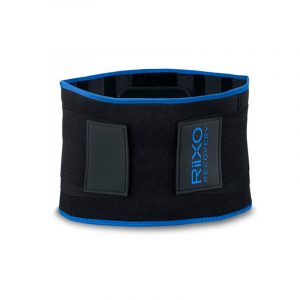

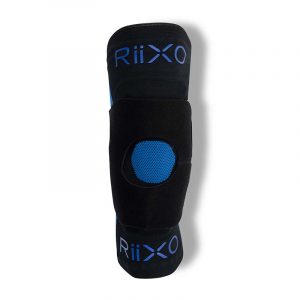

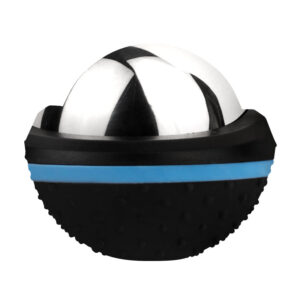
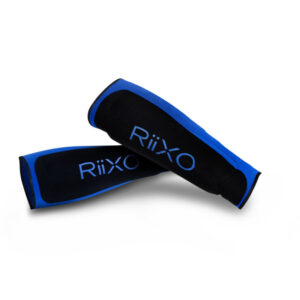
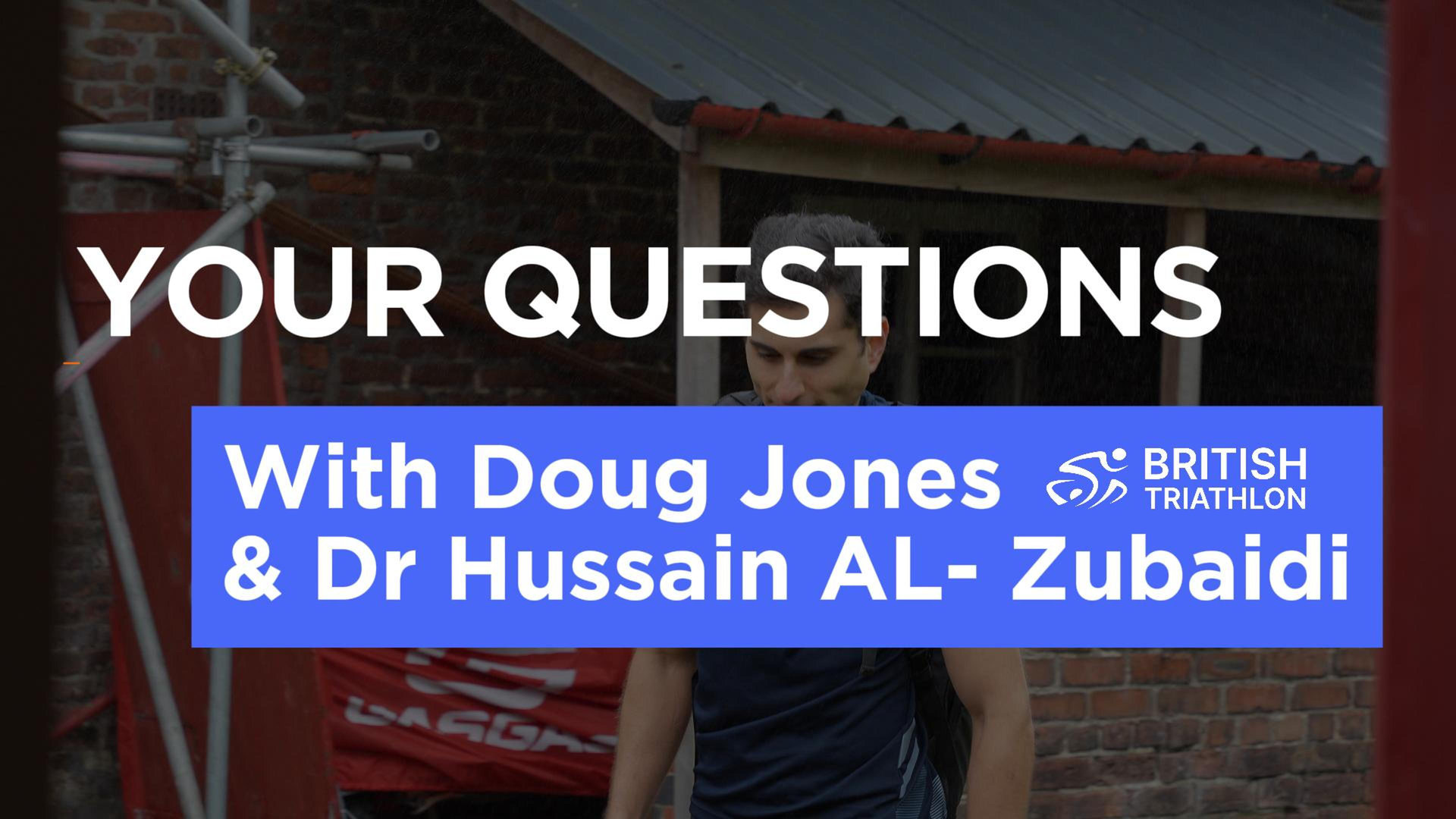 British Triathlon: Recovery Questions Answered
British Triathlon: Recovery Questions Answered
 Cracking The Injury Risk Equation
Cracking The Injury Risk Equation
 LJMU Study Findings
LJMU Study Findings
 What are shin splints?
What are shin splints?
 How to treat shin splints [2021]
How to treat shin splints [2021]
No Thanks – I’ll pay full price
Close Window
Close Window
[…] phase from which quality training (preparation) drives better performance. We have introduced a model for faster recovery and the 2 most important areas of focus: one that impacts the magnitude of recovery required and […]
[…] We have proposed two areas of focus for the time-crunched athlete for a faster recovery: […]
[…] We will show you how to think about your recovery - the two areas of focus to recover faster. […]